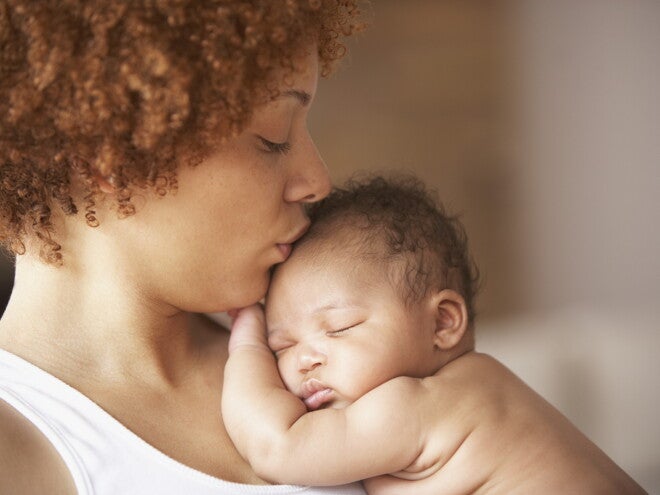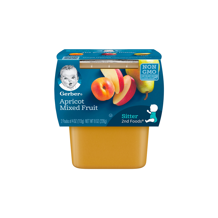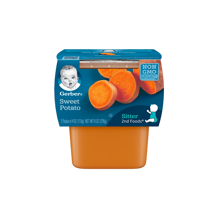
Cradle cap is a common condition that often appears in babies during the first few weeks or months of life. While it may look concerning at first, it’s generally harmless and tends to go away on its own with time. Many parents are surprised to see patches of dry, flaky, or greasy skin on their baby’s scalp and wonder if it’s a sign of something more serious. However, cradle cap is simply a form of seborrheic dermatitis and isn’t caused by poor hygiene or allergies.
As a mother, it’s natural to want to understand every change in your baby’s skin. Cradle cap can be one of the earliest skin conditions you notice, and while it’s not itchy or painful for most babies, it’s still helpful to know how to recognize and manage it properly. Knowing what cradle cap is—and what it isn’t—can give you peace of mind and help you take the right steps in caring for your little one’s scalp.
In FamilyNes, we’ll explore the symptoms of cradle cap, how to distinguish it from other skin conditions, and what you can do to keep your baby comfortable. Understanding cradle cap is the first step toward gentle and effective care.
What is cradle cap?
Cradle cap is a common skin condition that affects infants, usually within the first few weeks or months of life. Medically known as infantile seborrheic dermatitis, it appears as patches of scaly, greasy, or crusty skin on the scalp. While it may look alarming, cradle cap is not contagious, not painful, and does not typically cause discomfort for your baby.
This condition occurs when the skin’s oil glands become overactive, likely due to hormonal changes passed from mother to baby before birth. These excess oils trap dead skin cells on the scalp, leading to the formation of yellowish or whitish flakes. Cradle cap can also appear on other parts of the body, such as behind the ears, eyebrows, or even in skin folds.
It’s important for parents to know that cradle cap is not caused by poor hygiene or allergies, and it is not a reflection of your baby’s health or your care. Most cases improve naturally over time or with simple at-home treatments.
However, understanding the signs and how to manage them can help you feel more confident and reassured when caring for your baby’s delicate skin.
What are the symptoms of cradle cap?
Cradle cap usually appears on your baby’s scalp, but it can also affect other areas such as the eyebrows, behind the ears, eyelids, or the creases of the neck. The symptoms are easy to recognize once you know what to look for. Here are the most common signs:
- Thick, crusty patches on the scalp: These can be white, yellow, or brown and may look greasy or waxy.
- Flaky or scaly skin: Similar to dandruff, these flakes can shed easily when touched or brushed.
- Mild redness around the affected areas: Some babies may have slightly inflamed skin surrounding the patches.
- Oily appearance: The scalp may look shiny or feel greasy due to excess oil production.
- Presence in other areas: While most common on the scalp, cradle cap can also show up on the face, behind the ears, or in skin folds.
Despite how it looks, cradle cap is not itchy or painful for most babies. It usually doesn’t bother them at all. However, if the area becomes irritated, swollen, or starts to ooze, it's best to consult your pediatrician to rule out infection or other skin conditions.

How to deal with cradle cap?
Cradle cap often clears up on its own, but there are gentle, effective ways to help manage and improve the condition. Here are some detailed recommendations to care for your baby’s scalp and reduce the appearance of cradle cap:
1. Wash the scalp regularly with a mild baby shampoo
Use a gentle, fragrance-free baby shampoo to cleanse your baby's scalp two to three times a week. This helps remove excess oil and prevent the build-up of flakes. Be sure to rinse thoroughly to avoid irritation.
2. Soften the scales before washing
Before shampooing, apply a small amount of baby oil, coconut oil, or petroleum jelly to your baby’s scalp. Let it sit for 15–30 minutes to soften the crusty patches. Then, gently brush the area with a soft-bristled baby brush or fine-tooth comb to loosen the flakes.
3. Gently remove flakes
Avoid picking or scratching the crusts with your fingers or nails, as this can irritate the skin or lead to infection. Let the softened flakes come off naturally when you brush or wash the scalp.
4. Keep the area clean and dry
After bathing, make sure to dry your baby's scalp thoroughly. Moist environments can encourage irritation or prolong healing.
5. Be consistent but gentle
Cradle cap may take several weeks to improve. Stick to a regular hair care routine, but avoid over-washing, which can dry out your baby's skin and worsen the condition.
If symptoms worsen, spread to other parts of the body, or show signs of infection (such as redness, swelling, or oozing), consult your pediatrician. In some cases, a medicated shampoo or cream may be recommended.
Cradle cap is a common and harmless condition that many babies experience in their early months. While its appearance may be surprising at first, it’s important to remember that it doesn’t cause pain or discomfort for your little one and is not a sign of poor hygiene or illness.
By understanding what cradle cap is, recognizing its symptoms, and following gentle care routines, you can help manage the condition and keep your baby’s scalp healthy.
Most cases improve naturally with time, but if you ever have concerns or notice signs of irritation or infection, don’t hesitate to reach out to your pediatrician. Trust your instincts as a mother, your attentiveness, and care are already making a difference in your baby’s well-being.
Frequently Asked Questions
1. Is cradle cap contagious?
No, cradle cap is not contagious. It cannot be spread from one person to another, and it’s not caused by an infection or bacteria.
2. Can cradle cap cause discomfort or pain to my baby?
In most cases, cradle caps do not cause any discomfort, itching, or pain. Babies with cradle caps are usually unaware of the condition.
3. Can I prevent cradle cap from coming back?
While cradle cap is not always preventable, maintaining a regular scalp care routine—like gentle washing and brushing—can help reduce the chances of it returning.







